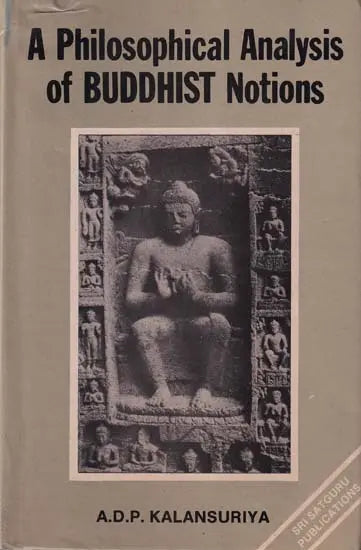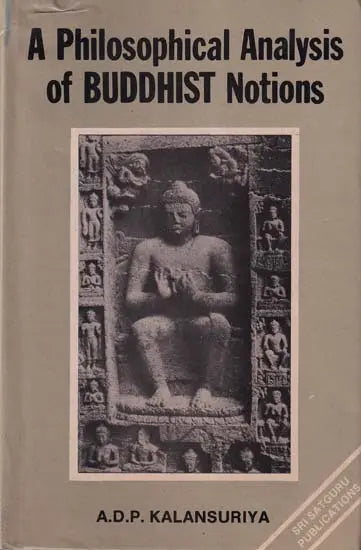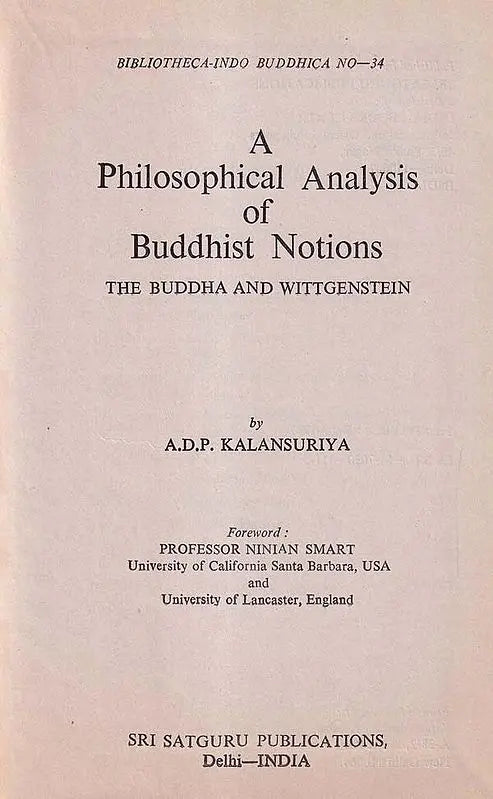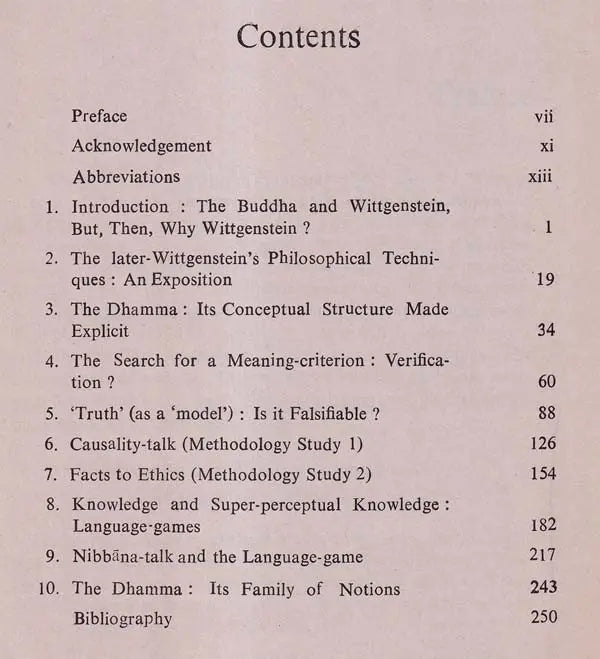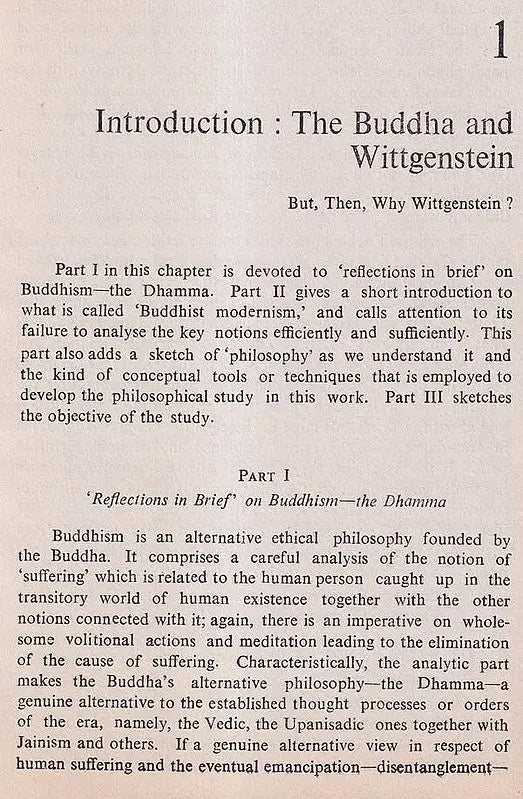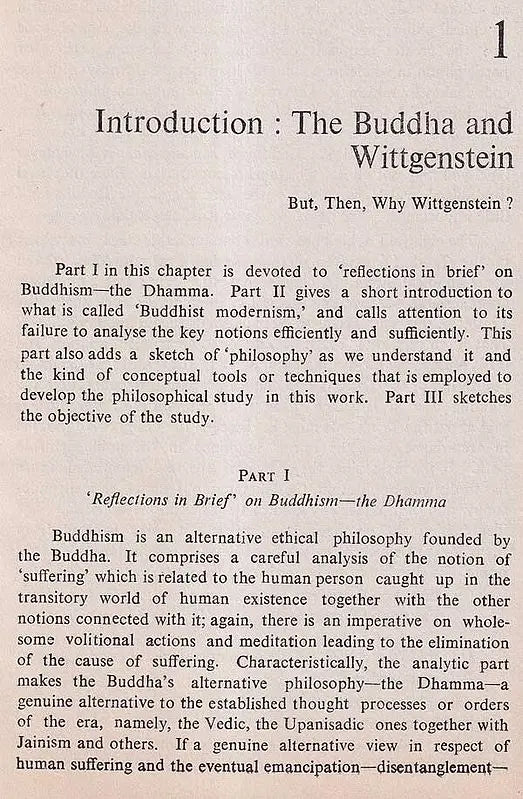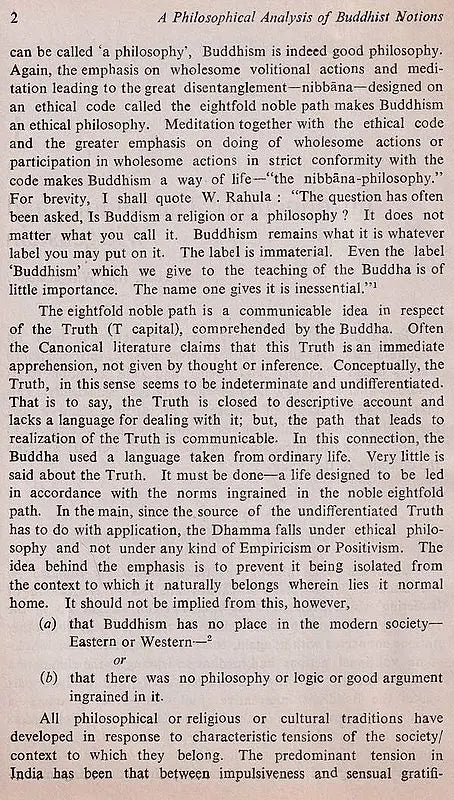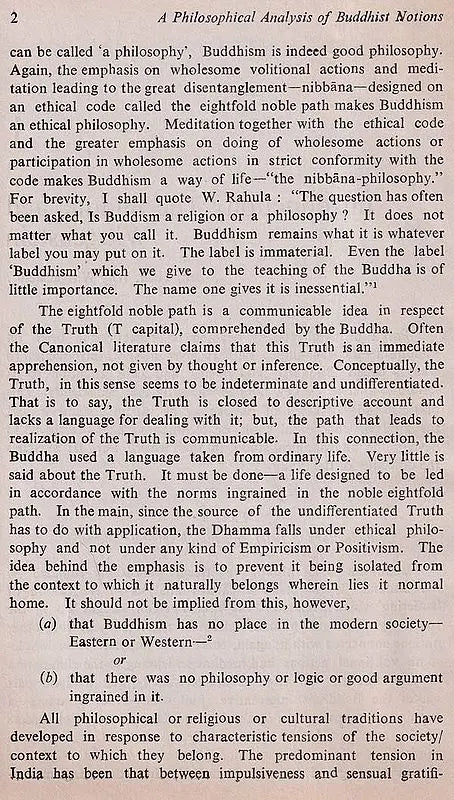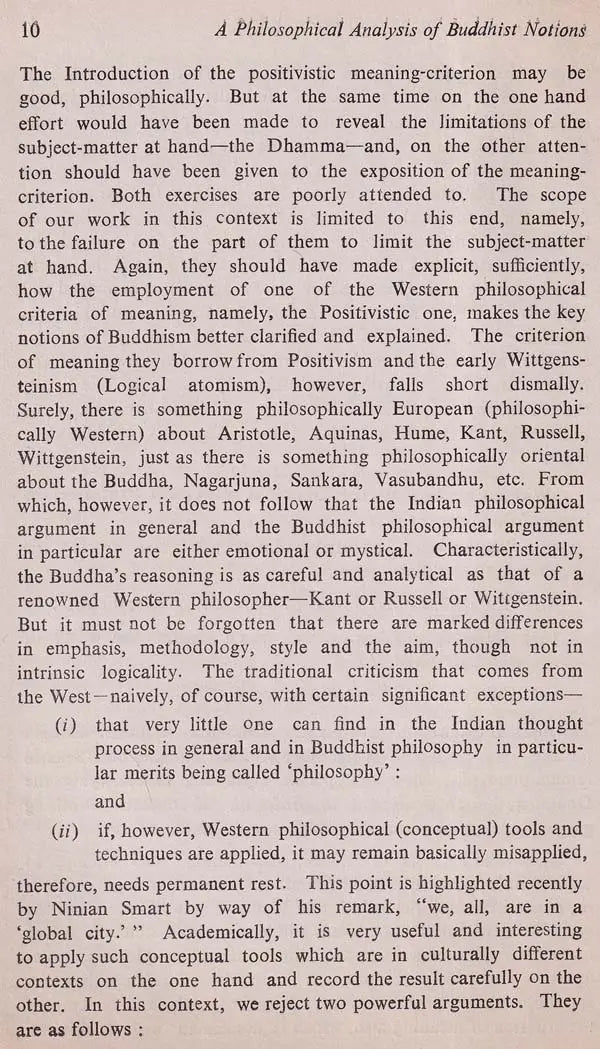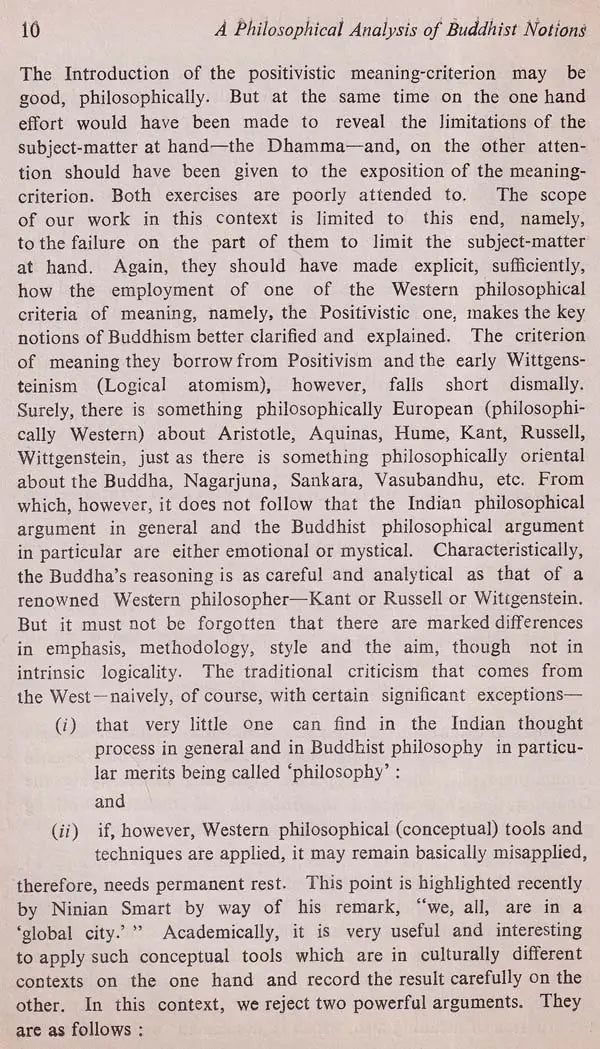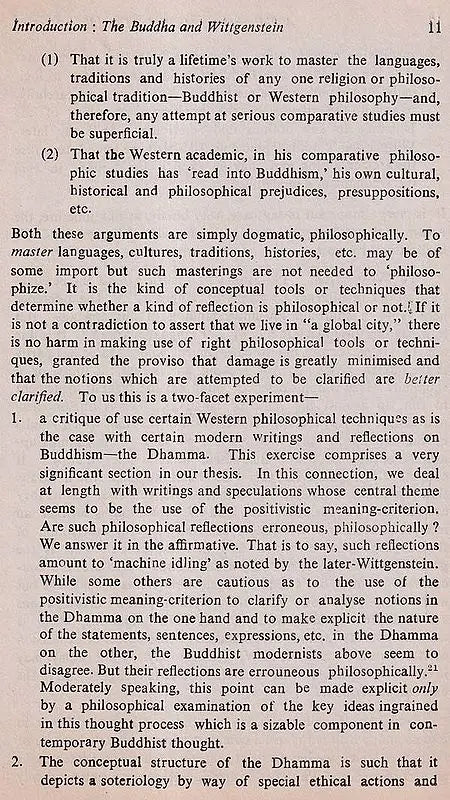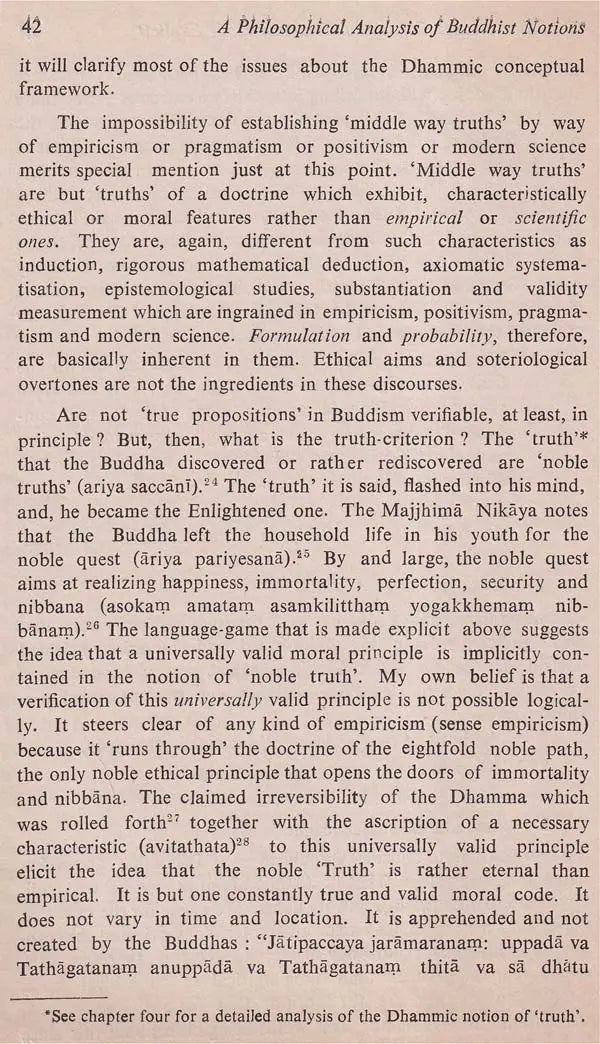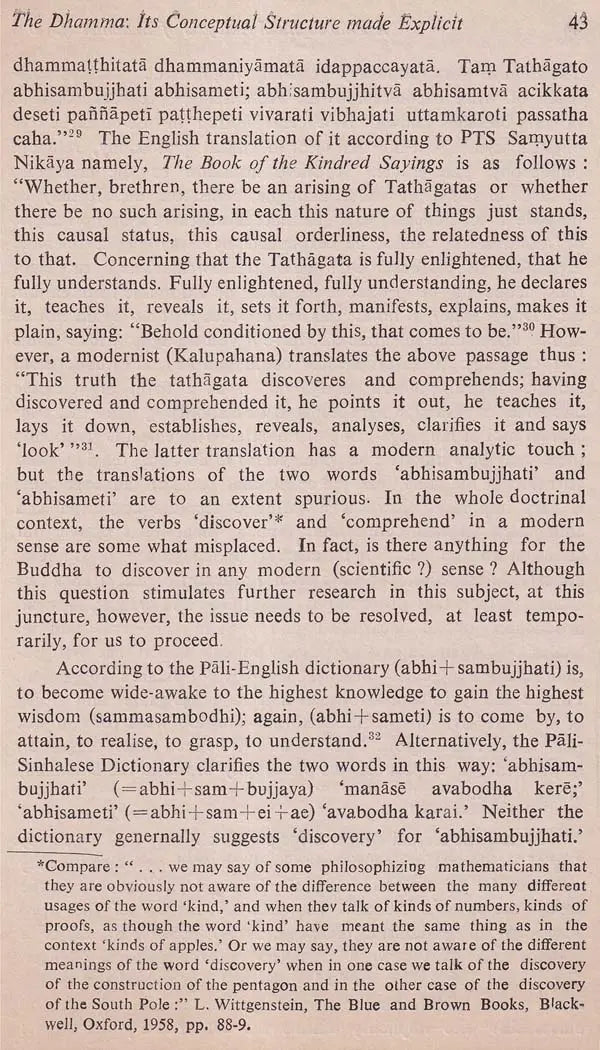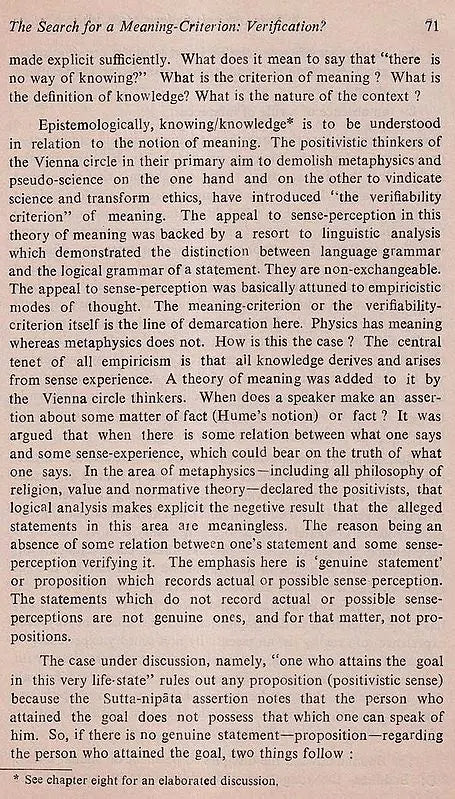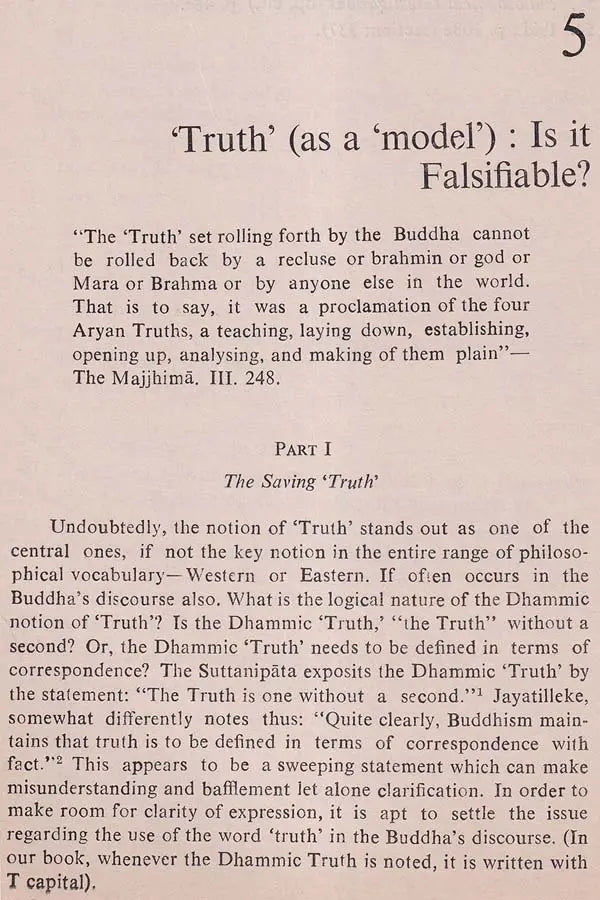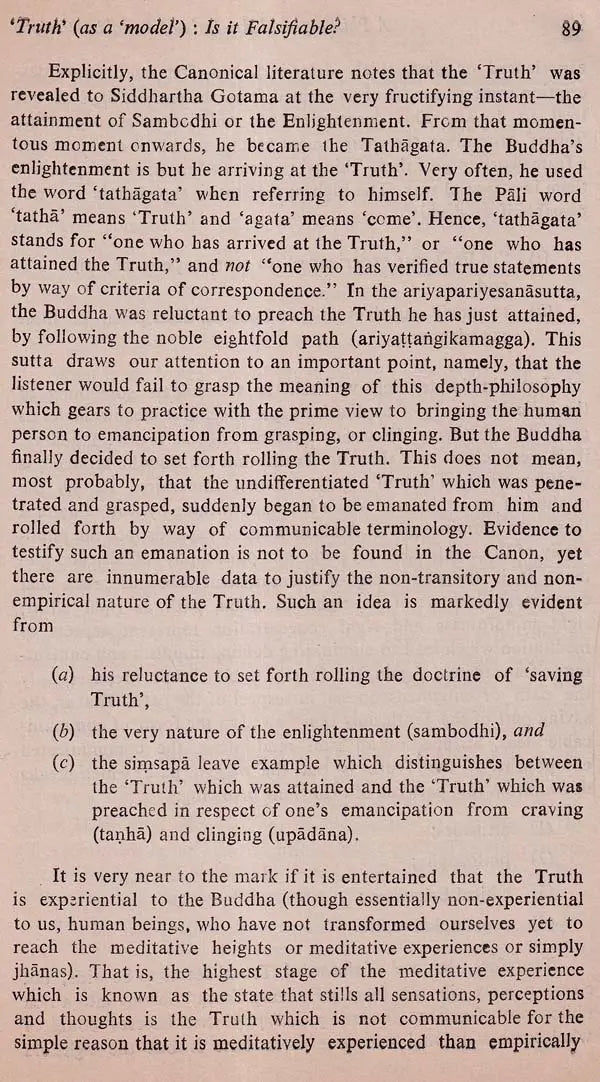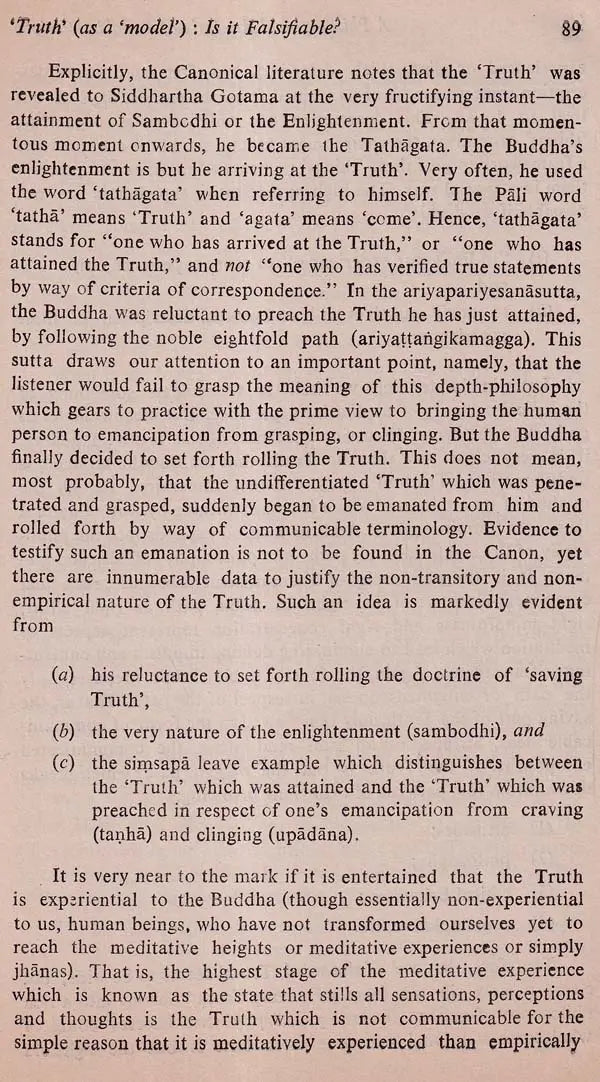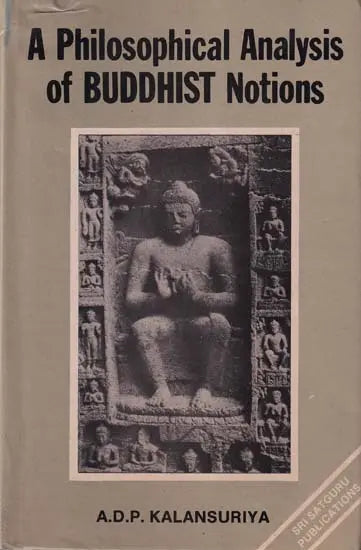A Philosophical Analysis of Buddhist Notions: The Buddha and Wittgenstein (An Old and Rare Book)
A Philosophical Analysis of Buddhist Notions: The Buddha and Wittgenstein (An Old and Rare Book) is backordered and will ship as soon as it is back in stock.
Couldn't load pickup availability
Genuine Products Guarantee
Genuine Products Guarantee
We guarantee 100% genuine products, and if proven otherwise, we will compensate you with 10 times the product's cost.
Delivery and Shipping
Delivery and Shipping
Products are generally ready for dispatch within 1 day and typically reach you in 3 to 5 days.
Book Title: Buddhism and Wittgenstein
Author: A.D.P. Kalansuriya
Publisher: Sri Satguru Publications
Language: English
Edition: 1987
ISBN: 9788170301115
Pages: 269
Cover: Hardcover
Dimensions: 23 cm x 15 cm
Weight: 412 gm
About the Book
About the Book
This book explores the complex intersection of Buddhist philosophy and the later philosophy of Ludwig Wittgenstein. Buddhism, as introduced by Western scholars, focuses on the teachings of the Buddha, often referred to as the Dhamma, addressing the nature of human existence and the liberation from suffering. The book delves into central Buddhist concepts such as "ehipassika" (verification), "nana" (knowledge), "paticcasamuppada" (causality), "sacca" (truth), "sanna" (perception), and "nibbana" (emancipation), seeking to analyze them philosophically. It uses Wittgenstein’s later philosophical techniques to investigate these ideas, avoiding comparative studies with Western philosophy, and instead applying rigorous conceptual analysis. The work offers a unique and in-depth examination of Buddhist philosophy from a fresh perspective, using modern philosophical tools to clarify and analyze the Dhamma.
The book is structured in ten chapters, covering a wide range of topics including the Buddha’s teachings, Wittgenstein’s philosophical methods, the conceptual structure of Dhamma, and the analysis of Buddhist notions like causality, truth, and the meaning of "nibbana." The author also critiques the development of "Buddhist Modernism," which has emerged in the context of contemporary interpretations of Buddhist thought. This critical work provides valuable insights into the philosophical foundations of Buddhism and its potential applications in modern contexts, particularly through the lens of Wittgenstein’s philosophy.
About the Author
A.D.P. Kalansuriya is a scholar who has contributed to the philosophical study of Buddhism, particularly in the context of Western philosophical methods. He applies the techniques of the later Wittgenstein to the analysis of Buddhist thought, aiming to clarify its complex concepts. Kalansuriya’s work is a philosophical exploration of the Dhamma, and he emphasizes the need for careful, non-sectarian analysis of Buddhist teachings, challenging some of the recent "Buddhist Modernist" interpretations. His work presents an important contribution to the ongoing dialogue between Eastern and Western philosophical traditions.
Preface
The preface introduces the idea that Buddhism’s teachings, the Dhamma, have been interpreted and studied for over two millennia, but modern philosophical tools are rarely applied to analyze these teachings. The author aims to fill this gap by using Wittgenstein’s later philosophy to approach the fundamental notions in Buddhism. The study is not comparative in nature, but rather focuses on understanding and elucidating the Buddhist concepts in their own right, employing contemporary philosophical techniques. The author critiques some of the modern interpretations of Buddhism, pointing out errors that arise from the uncritical application of Western philosophical concepts to Eastern thought.
The author stresses that the philosophical techniques of Wittgenstein are applied carefully to reveal the richness of Buddhist teachings, and he rejects the misapplication of Western philosophical ideas to Buddhist notions. This book aims to bring clarity and depth to the understanding of Buddhist philosophy, making it accessible and relevant in modern philosophical discourse.
Mode of Arrangement
The book is divided into ten chapters, each tackling a different aspect of Buddhist philosophy and Wittgenstein’s methods:
-
Introduction: The Buddha and Wittgenstein, and the reasons for applying Wittgenstein’s methods to Buddhism.
-
The Later Wittgenstein’s Philosophical Techniques: An exposition of Wittgenstein’s methods and how they can be applied to Buddhist philosophy.
-
The Dhamma: An exploration of the conceptual structure of the Buddha’s teachings.
-
The Search for a Meaning-Criterion: Discussing the verification of Buddhist teachings.
-
Truth: Analyzing the concept of truth in Buddhism as a model.
-
Causality-talk: A study of causality in Buddhism.
-
Facts to Ethics: How Buddhist teachings transition from factual statements to ethical teachings.
-
Knowledge and Super-Perceptual Knowledge: A discussion on knowledge in Buddhist philosophy.
-
Nibbana-talk: A philosophical exploration of the concept of Nibbana.
-
The Dhamma: Its Family of Notions: An overview of the key Buddhist concepts and their interconnectedness.
Philosophical Approach
Kalansuriya’s method is not to compare Buddhist philosophy directly with Western philosophical traditions but to apply Wittgenstein’s philosophical techniques to clarify the fundamental Buddhist concepts. He critiques the "Buddhist Modernism" that has emerged in recent years and examines how Western concepts have often been misapplied to Buddhism, leading to confusion and ambiguity. His work provides a clear and thoughtful philosophical analysis of the Dhamma, aimed at fostering a deeper understanding of Buddhist thought in contemporary philosophical contexts.

